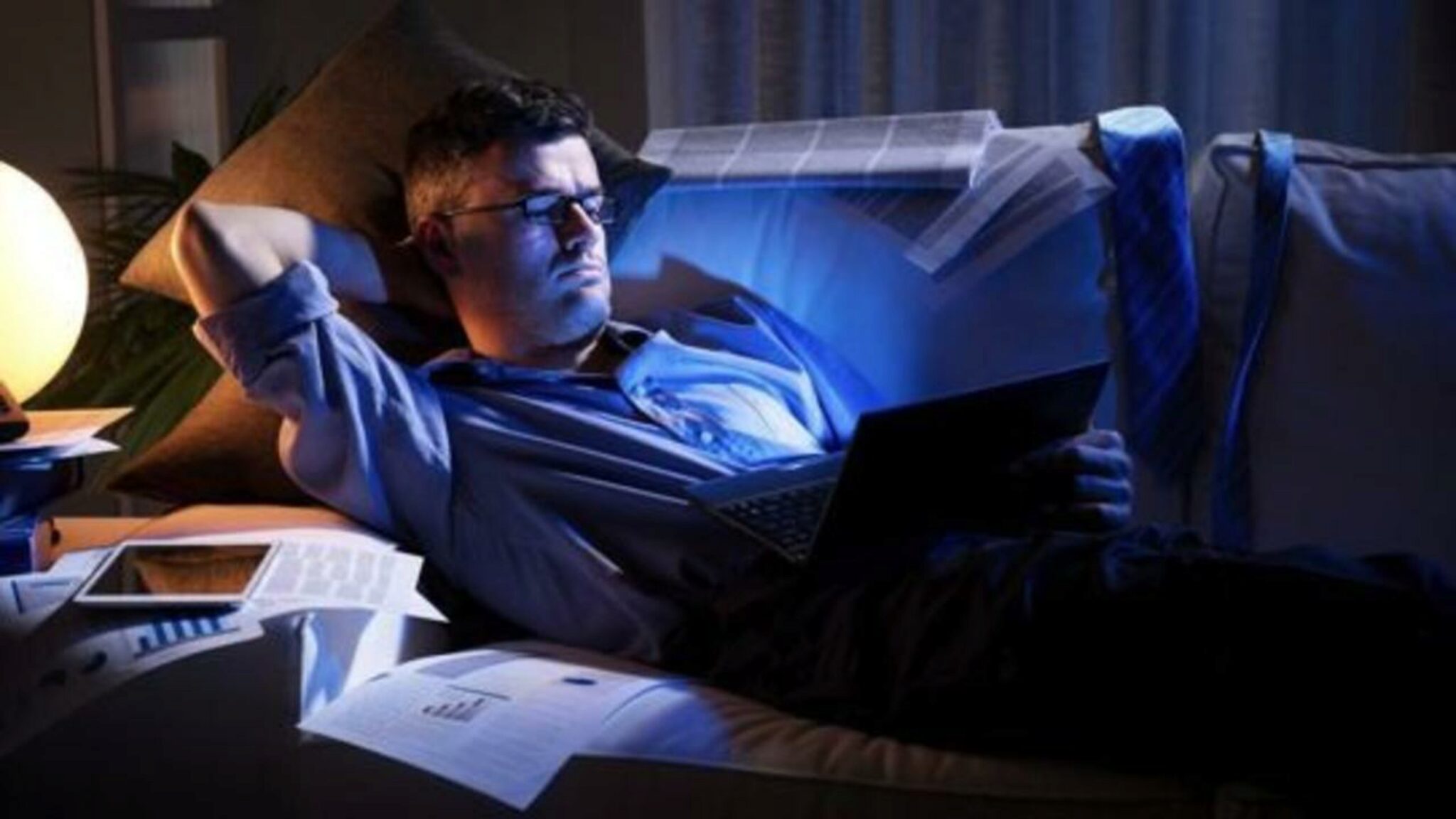New research shows that people’s sleep quality may be affected by their exposure to the color Cyan (a bright blue-green shade) on television and computer screens.
Annette Allen and Professor Robert Lucas of the University of Manchester conducted the research. They developed a TV that could infuse or remove any cyan from images without altering their color quality. They were able to create the color cyan by not using any cyan in an image. This would allow them to study the effects of slumber on colors.
A cyan sky and a yellow roller coaster.
Professor Lucas explained to me by phone that the easiest way to explain this concept is to compare it to mixing paints. Most people are familiar with the process of mixing blue and yellow to get the color green. You can combine yellow andcyan to get the same color. It is not the color cyan that causes restlessness in the brain, but rather the wavelengths it produces.
What is it exactly that these wavelengths do? According to LucasCyan engages a light-sensitive photoreceptor called melanopsin in the eye. This can prevent someone falling asleep if they are excited..
Professor Lucas and Dr. Allen made their participants watch a movie on the TV screen without primary cyan to better understand melanopsins function in wakefulness. The participants were then asked to rate their sleepiness and provided saliva samples for the researchers to measure the levels of the sleep hormone, melatonin.
Are you looking for a brand new bed? You can read our complete Casper Mattress Review.
The scientists discovered that participants were more alert while watching a film with cyan than when they watched a movie without it. Participants felt less sleepy when the cyan was removed.. This was also supported by the higher levels of melatonin in the second group.
Lucas explained that the scientific view of this is very interesting. It shows us that melanopsin is important in determining if someone is tired. This is why it’s important to understand how to control the photoreceptor cold in order for better sleep hygiene.
FINDING THE NEXT STEPS
Lucas and his team acknowledge the excitement of the results, but he said that this is only the beginning.
The results are merely a guide to the likelihood that someone feels.
ReadyFor sleep, but don’t yet show whether someone would
ActuallyYou will sleep better if you have only limited exposure to cyan.
He concluded that we are still working with this device and these ideas. Moving forward, a big question is: Will what we saw at the beginning translate into how participants sleep afterwards? We have measured participants’ desire to go to bed, but not necessarily their quality of sleep. This is what we plan to address in the future.
Check out our coverage on studies that examine the benefits of yoga as well as the daily effects of caffeine to learn more about the latest developments in sleep science.






